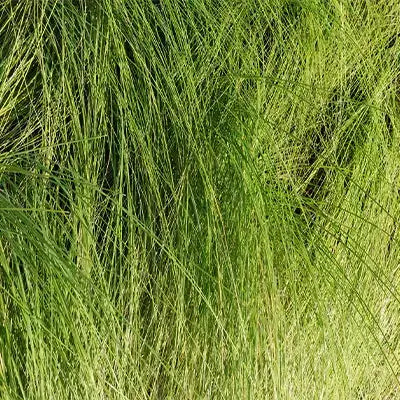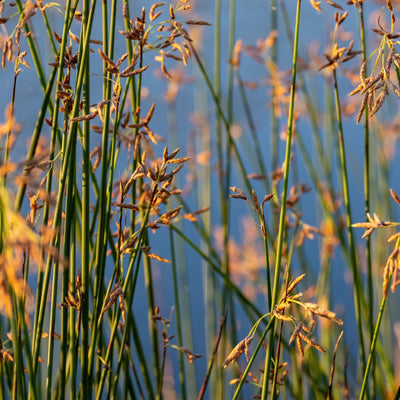The Carex Pennsylvania (Pennsylvania Sedge) is a native sedge that grows in dry shade. It is a popular lawn substitute for natural grass. It has a creeping habit and finely textured leaves. It only grows to a height of 8 inches early in the spring, from April through June. Each of its flower clusters has one 10 to 25-mm long staminate spike topping one to three shorter pistillate spikes with 4 to 12 heads each. Throughout the blooming phase, the staminate spike produces thin cream-colored anthers that mature to light brown. Also, each pistillate flower develops three long white string-like styles during this period. Underneath the flowers are dark purple scales.
Carex Pensylvanica Loves Shade
You can effectively grow this plant in any dry, wooded Shade Garden or along a forest edge. However, it prefers dappled sunshine or partial shade in moist soil. You may even stack it under a tree in a dry shade to give it a lawn-like appearance. It doesn't need to be mowed, and its brilliant green leaves droop beautifully to give it a lovely look. You could also grow it with other shade-tolerant native perennials, such as Virginia waterleaf and large flower bellwort. This plant thrives naturally as it is pest-resistant and unappealing to animals like deer and other herbivores.
Carex Pensylvanica Spreads Fast
Pennsylvania Sedge is a rhizomatous plant that forms tiny colonies as it spreads. Growing this plant as a seed is difficult, so they are generally potted. Although it is a wind-pollinated plant, pollen from the male flower is occasionally consumed by flower-visiting insects such as syrphid flies, beetles, and lacewings.
Carex Pensylvanica Is A Stunning Ground Cover
It is important to note that there are about 2,000 species of Carex in nature, and they may be found in various settings. They range in size from miniatures with one to two-inch-tall leaves to fully developed plants reaching three or four feet tall. Some crawl, some cluster, and some do both. Another great grass to pair it with is Bulrush. Also, Sedges are the botanical cousins of the common grasses we know of and resemble them in appearance. As with the Carex Pensylvanica, sedges can act as a standard lawn when properly picked and planted, but they don't require much mowing, fertilizing, or pesticides.


